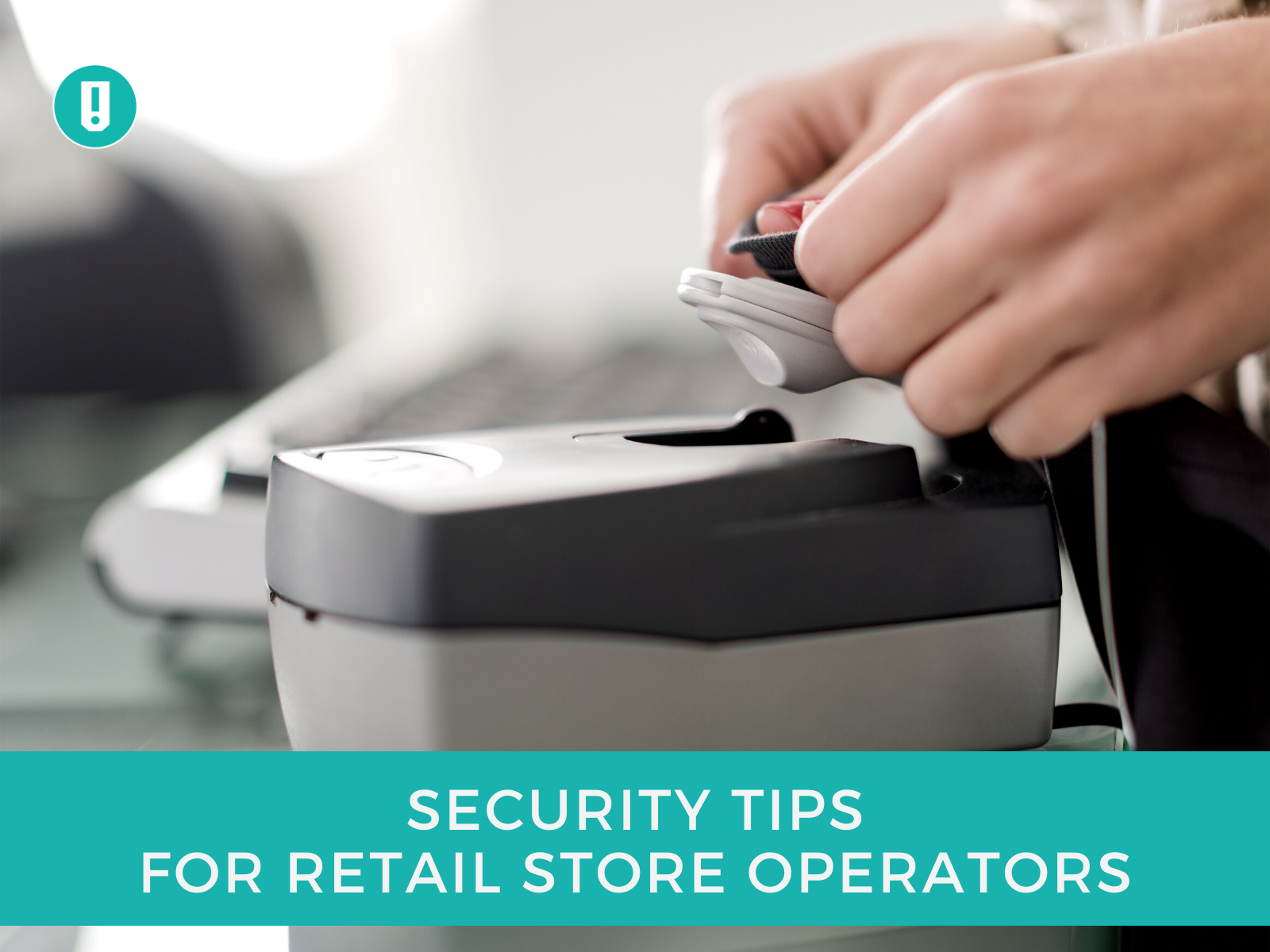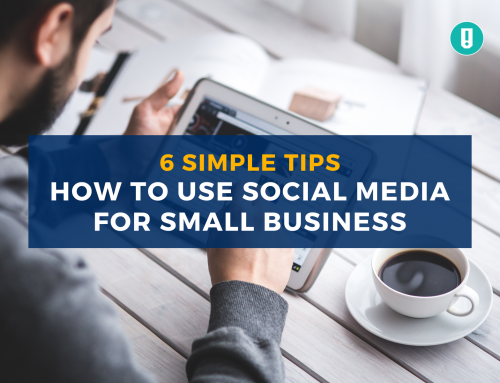Retail store operators need comprehensive security plans to create safe environments for their employees and customers while also protecting their stores against loss. Technological tools, proactive policies, and effective staff training initiatives can all help enhance security in any type of retail setting. Here are some important things that you can do to make your store safer.
Train Staff on Safe Purchases
You need to instruct your staff about when and how they need to authenticate purchases. For example, if people are using their phones to make a purchase, sales associates need to confirm that the purchase went through successfully before customers leave the store. It’s surprisingly common for people to think that they’ve made a purchase but it simply didn’t process due to a technological error or a connectivity interruption. Be sure to address every type of transaction method when you onboard and train new employees.
Verify Customers’ Identities Effortlessly
When you and your team members are checking IDs, the best way to verify them is using an identity proofing application. You can verify a customer’s identity without having to scrutinize over how something looks and let the application do the hard work for you.
Keep Valuable Items Locked
Your most valuable items should be in a display case where customers can’t have ready access to them. This is particularly important for small items that are easy to conceal. If a person needs help looking at a valuable piece of merchandise, one of your staff members can help. Your staff can also take that opportunity to offer some one-on-one consultation about items and answer any questions that your customers may have.
Attach Electronic Inventory Controls to Select Items
It’s generally a good practice to tag valuable items that are in high demand with an electronic inventory control device. You can use flat magnetic devices that staff can deactivate by swiping them over something or attach thick plastic tags that staff can remove with a machine. Sensors at the store’s exit will prevent people from leaving the store with any merchandise that has been tagged.
Use Displays Judiciously
Displays of sale items should be in centralized areas where they’ll get the most attention. Positioning them centrally also deters people from trying to take items without paying. While you may want to show off the quantity of something that you have in stock, it may not be a good idea to leave out too many items at once. Having a small number of items out makes it easier for staff to gage that the quantity on display appears to match up with the volume of sales over a day.
Position Cameras Strategically
Surveillance cameras are a must-have security feature in just about every retail store. Apart from making the store safer, they can also help you in the event there is any type of liability claim arising from an incident in the store. However, it’s important to make sure that your cameras are operational at all times. Having cameras that are visible but are not working can actually create liability issues because. Non-working cameras give people a false sense of security and may reflect negligence on the part of store management in keeping the store safe.
The most important area to focus cameras is the entrance. You want a clear view of anyone who comes into the store. Also, you want anyone coming into the store to see that you are recording them. Simply having cameras placed conspicuously is a strong deterrent for theft. Some stores also place a monitor near the camera at the front of the store. If people don’t happen to notice the camera, they may be more likely to notice themselves on a monitor.
You should try to distribute cameras in a way that doesn’t create any gaps or “dead zones” where you can’t get a clear picture. This can be a little more difficult when you’re using a wired system, so it may be advantageous to opt for wireless cameras.
Store Your Footage Smartly
Cameras’ resolution should be adequate to give you a detailed image of any footage that you need to capture. However, you should be aware that higher resolution recording typically takes up more memory. You’ll need a storage system that enables you to save a good amount of footage rather than just a day or two.
You get a physical DVR hard drive, or you can choose cloud storage. Whichever storage method you choose, it’s ideal to choose a system that you can view remotely so you won’t need to be physically present in the store to see it.
Take Inventory on a Regular Basis
Unfortunately, it’s often not until you and your team perform an inventory that you discover shrinkage. Make it a point to do inventories after hours when your store is closed so that you can give them your full attention. Doing inventory after business hours helps to minimize the possibility of errors or oversights.
You might also consider hiring a third party company to do your inventory. There are a lot of great service companies that specialize in doing inventory for retail stores. This option can be a little costly and may be cost prohibitive for smaller stores. However, depending on how many people you need to complete a full store inventory and how many hours it takes on average, the cost may balance out well. Also, having an outside company come to check merchandise reduces the possibility that staff could conceal internal theft or take items during the process of an inventory.
Install Electronic Access Controls to Areas Where You Stock Merchandize
Keeping some of your inventory behind lock and key is always a good idea. Giving all of your staff access to everything that you stock creates an unnecessary risk of internal theft. It also creates a greater chance that staff will inadvertently misplaced items.
Using electronic access controls such as key fobs is a good way to lock storage areas. These types of locks can give you a record of every time that somebody accessed a secured area. Assigning key fobs to individual staff members will also let you know who accessed it.
Use a Monitored Alarm Service
Your store’s security system should do more than simply make a loud noise in the event of a break in. It should be connected to an alarm monitoring service that will notify you within minutes of an unauthorized entry.
Be sure to provide the alarm company with more than one person’s contact information. Also, update the list as soon as you need to make a change
Install Grates or Roll-Away Barriers
You can make your store a fortress by installing rolling grates or barriers to cover windows and doors after you close up in the evening. This protective hardware will make the store much more secure than simply bolting your doors, and they’ll prevent smash-and-grab style robberies that often occur late at night. Would-be thieves cannot breach these types of barriers easily, and simply seeing that you have these types of barriers will make your store an unappealing target for robbers.
Security measures require a little effort and investment. However, safeguarding your store is well worth a little extra time and expense.






Leave A Comment